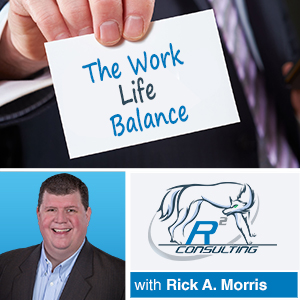A Closer Look At Time Tracking for Employees
Do you need to track your employees to ensure greater productivity? Here are some tips to do so...
Read Moreby VoiceAmerica | May 27, 2021 | Business | 0 |
Do you need to track your employees to ensure greater productivity? Here are some tips to do so...
Read Moreby VoiceAmerica | Jan 8, 2021 | Variety | 0 |
Join me April 15/21, at 9am EST! Project Management is a skill set that is used in many...
Read Moreby VoiceAmerica | Feb 11, 2019 | Variety | 0 |
Join us on June 27, 2019 as we talk about Business Continuity Management and how to use Project...
Read Moreby VoiceAmerica | Apr 4, 2018 | Empowerment | 0 |
Transformational Time & Project Management Tips By Ariel & Shya Kane We have a client who...
Read Moreby VoiceAmerica | Feb 15, 2018 | Variety | 0 |
Continuity or Disaster Recovery Program is ensuring the quality of planning and execution of a...
Read Moreby VoiceAmerica | Apr 25, 2017 | 7th Wave, Empowerment | 0 |
April 26: The Life-Changing Magic of Slowing Down Have you ever thought that if you slow down...
Read Moreby VoiceAmerica | Apr 10, 2017 | 7th Wave, Empowerment | 0 |
So Much To Do, So Little Time! By Ariel & Shya Kane We recently received a phone call from one...
Read Moreby VoiceAmerica | May 6, 2016 | 7th Wave | 0 |
Grandmaâs Pocketbook by Ariel Kane I grew up in Gresham, Oregon, which at the time was a rather...
Read Moreby VoiceAmerica | Feb 18, 2016 | Business | 0 |
Rick A. Morris interviews Debbie Lundberg, author of 9 books and the Principal of Presenting...
Read Moreby VoiceAmerica | Feb 5, 2016 | Business | 0 |
Rick A. Morris interviews Peter Taylor about his latest book â The Social Project Manager...
Read Moreby VoiceAmerica | Jan 28, 2016 | Business | 0 |
Rick A. Morris welcomes a long time and valued friend Don Delashaw. Â Rick worked with and for Don...
Read Moreby VoiceAmerica | Jan 14, 2016 | Business | 0 |
Rick A. Morris will be interviewing Traci Duez on 1/15/2016 about her Mindworx program....
Read More








